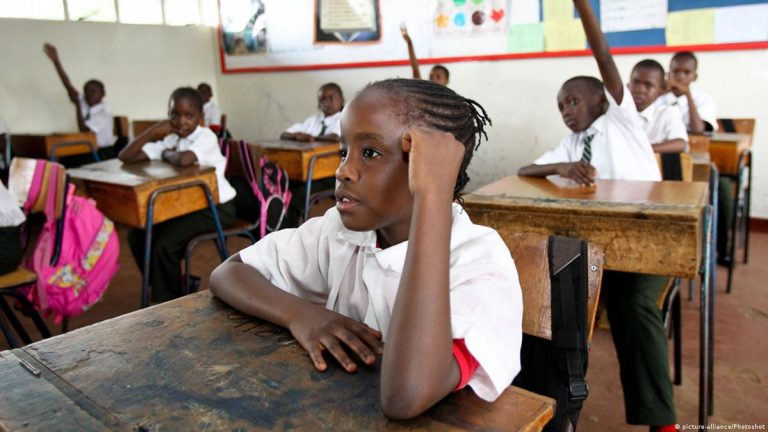The Seven Continents of the World and Their Countries: A Teacher’s Guide to Global Awareness
As a passionate teacher, I believe that education is not just about solving equations or memorizing facts—it’s about opening the minds of our students to the vast world around them. One of the most powerful lessons we can teach our young learners is global awareness: understanding the continents of the world and the countries within them.
Why is this important?
Because the world is no longer divided by oceans and borders. Technology, trade, culture, and even climate change connect us more than ever. If our students are to become global leaders, innovators, and problem-solvers, they must first know the world they belong to.
What Is Continent
A Continent is refers to as one of the main landmasses of the globe, usually reckoned as seven in number (Europe, Asia, Africa, North America, South America, Australia, and Antarctica). a comparable landmass on another planet. the mainland, as distinguished from islands or peninsulas.
Let’s take a simple journey across the seven continents and explore the countries that make up our beautiful planet.
🌍 Africa – The Land of Origins (54 Countries)
Africa is not just the cradle of humankind, it is also the second-largest continent, bursting with cultural diversity, natural wealth, and vibrant nations.
From Nigeria, Ghana, Kenya, and South Africa to Egypt, Ethiopia, and Morocco, Africa is home to 54 sovereign countries—each with unique traditions and opportunities.
🌏 Asia – The Giant of Continents (50 Countries)
Asia is the largest continent on Earth, both in size and population. It is the birthplace of ancient civilizations and modern innovations.
Countries like China, India, Japan, Saudi Arabia, and Indonesia are global powerhouses, but Asia also includes smaller, fascinating nations like Bhutan, Maldives, and Brunei.
🌍 Europe – The Continent of History and Innovation (47 Countries)
Europe is where ancient history and modern progress meet. From France, Germany, and the United Kingdom to smaller gems like Luxembourg, Monaco, and Malta, Europe has shaped global culture, science, religion, and politics for centuries.
🌎 North America – The Continent of Diversity (22 Countries)
North America is more than just the United States. It is a colorful continent of 22 countries, including Canada, Mexico, Jamaica, and Panama. From icy Canada to the Caribbean islands, it’s a region of both economic might and cultural richness.
🌎 South America – The Continent of Nature’s Wonders (12 Countries)
South America is blessed with the Amazon rainforest, the Andes mountains, and warm, welcoming cultures. Its 12 countries include Brazil, Argentina, Colombia, Peru, and Chile, each contributing to the world’s biodiversity and heritage.
🌏 Oceania – The Islands of Beauty (14 Countries)
Made up of Australia, New Zealand, Papua New Guinea, and many small island nations like Fiji, Samoa, and Tuvalu, Oceania is a breathtaking region where land meets endless oceans.
❄️ Antarctica – The White Continent
Antarctica, the world’s southernmost and fifth largest continent. Unlike all other continents, Antarctica has no countries—only research stations. It reminds us that some parts of the Earth are preserved for science and peace, rather than politics and borders.
🌍 Why This Matters for Education
As a teachers, parents, and lifelong learners, teaching about continents and countries is more than just a geography lesson. It’s about:
✅ Helping children understand global citizenship.
✅ Building respect for other cultures and nations.
✅ Preparing students to engage in a world without borders.
When a child knows not only their country but also the wider world, they begin to see themselves as part of something bigger—a global family.
✨ Final Word from a Passionate Teacher
The world is vast, yet connected. Teaching students about the continents and their countries is like handing them a map of possibility. It sparks curiosity, encourages empathy, and builds leaders who will shape a better tomorrow.
So, let’s raise a generation that doesn’t just know their town or their country—but understands the world they belong to.
The Passionate Teacher With Legacy
Top 10 Qualities of an Effective Teacher in 2025 (With Real-Life Examples)






